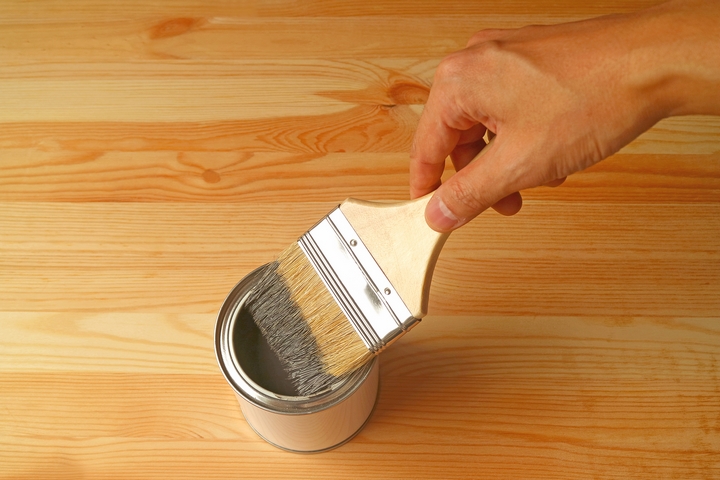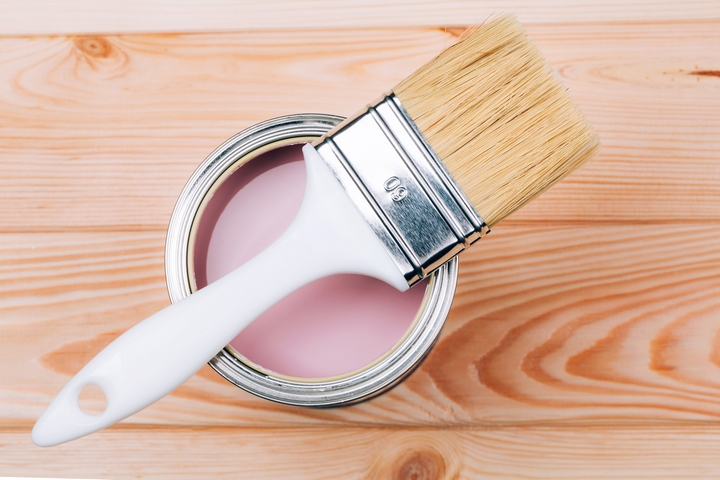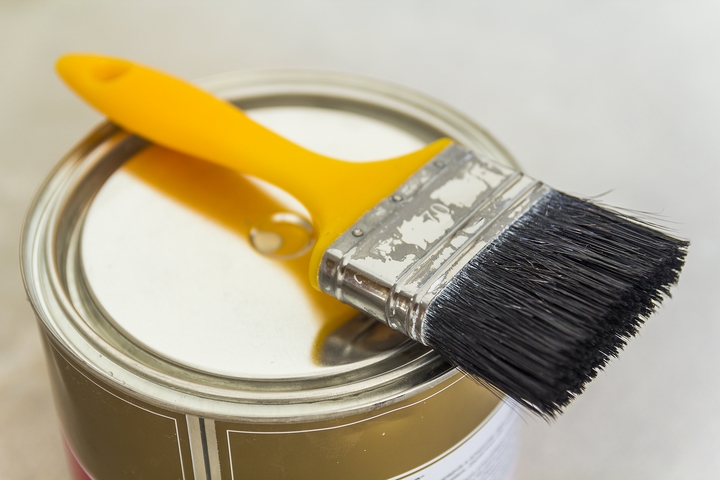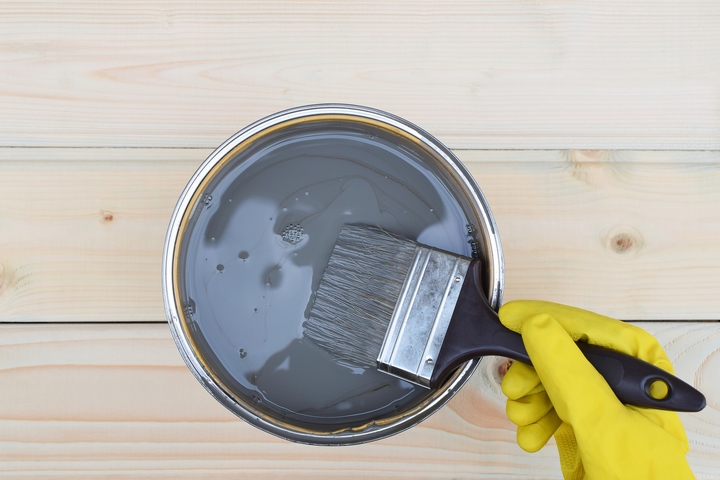4 Different Types of Paint and Their Characteristics
Humans have been decorating with colours for 30,000 years, and while we no longer live in caves, our house walls are the perfect canvas for paint. There are so many colours to choose from, making it hard to decide where to start.
Before painting any room, you should think carefully about what types of paint to use. Each option offers a different appearance and unique properties. You can browse paint stores to see the various choices, ranging in colour, texture, and quality. Consult the professionals to ensure you use the best types of paint for your home.
Let’s go over the different types of paint you can use and their applications:
Type #1: Oil-Based Paint

Oil-based paints are made with natural oils like alkyd or linseed oil, and they help bind and dry the paint. It is highly durable and gives a smooth, rich finish that can stand up to abuse and was the go-to house paint until latex came along in the 1940s.
Oil paint requires fewer coats for coverage as it has a high viscosity and was typically used for trim and other high-contact areas. As the oil can separate, you have to stir the paint often when using it, and it’s hard to avoid the strong smell it gives off. The first coat usually takes up to 24 hrs to dry before putting on the second coat. When using a spray gun, it is recommended to use paint thinner.
Washing up requires using a solvent like turpentine to remove spills and cleaning brushes. Ultimately, oil-based paints give you a long-lasting, durable finish.
Pros of oil-based paints:
- Longer drying time for faux finishes
- Nice gloss finish
- Durable
- Less shrinkage
Cons of oil-based paints:
- Difficult to wash up after job is done
- Toxic to breath
- Long painting job because of drying time
Oil-based paint has been banned in several states in the US and Canada. Manufacturers are prohibited from making it except for specific purposes. The high levels of VOCs (volatile organic compounds) used in oil paints impact the air quality inside and outside of homes and negatively affect people’s health. However, there are still some industrial uses allowable, like exterior metal, handrails, and other areas for rust prevention.
Type #2: Water-Based Paint

While oil-based paints use solvents as the binder, latex uses water. It may not be as resilient, but it is easier to work with and dries much faster. You can usually do several coats in one day, doing a painting job over quicker.
There are no toxic fumes with latex paint, and because of drying time, that paint smell will dissipate faster. Cleanup is also very easy as you just wash with water. It is easy to apply for both interior and exterior, is very resistant to direct sunlight, will expand and contract with exterior siding and won’t trap moisture.
Latex paint isn’t only water-based, as some use the chemical. Ultimately, these types of paint are a great progression from oil-based and used almost exclusively in house painting.
Pros of water-based paint:
- Quick drying
- Fast cleanup
- Resistant to cracking
- Can be used on most surfaces
Cons of water-based paint:
- Not as rich a look
- Dampening walls can affect the paint
- Not as durable as oil-based paint
Type #3: Primers

Primer paint is what you put on before painting. It is a solid base that seals off a surface and protects the new wall colour. It doesn’t have a chosen colour but is usually off-white or grey.
Is primer the same as regular paint? No.
Primer contains more resin than paint, is designed to smooth and seal the surfaces and has very little pigment. You can, however, have it tinted to match your darker paint colour. It will hide stains and another discolouring to give you a uniform base from which to build. Because it is porous, wood is especially in need of primers as it will allow the paint pigment to stick better after it is applied. Primer also reduces the number of paint coats you need, and paint is more expensive than the primer.
Type #4: Paint Finishes

There are six basic kinds of paint finishes.
- Flat: Flat finish has no sheen as it doesn’t reflect light. More pigment can come through, and it hides imperfections.
- Matte: Matte is close to flat, with more durability and has a low lustre reflective finish. It works well in moderate traffic areas like bedrooms, but stains are harder to remove.
- Eggshell: There is a little more lustre with an eggshell finish, and it resists dirt and grime better. Use it in gathering areas like dining rooms and living rooms.
- Satin: For a pearl appearance, you can go with satin. This finish makes kitchens and bathrooms look great, but it shows more paint strokes and other painting flaws.
- Semi-Gloss: For high durability, go with a semi-gloss finish. It is resistant to wear, moisture and mildew while giving you that bright, glossy look. Trim work and kitchen cabinets are the best choices for this finish.
- High-Gloss: High-gloss finish will almost look like glass, and it is the most durable paint finish you can get. Use it on cabinets, doors and trim as it reflects the light nicely. You don’t want it on your walls, though, because it will show every bump and roll.
Now, you know everything you need to about the types of paint. Use this as a guide when you are transforming your home with colour.

